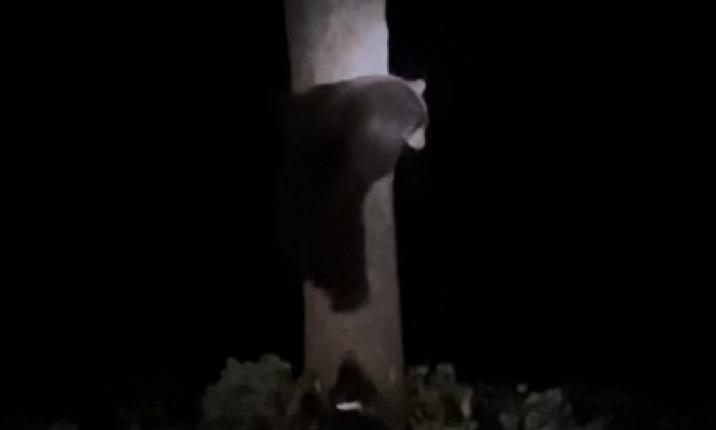On Tuesday, Feb. 21, the slender crescent of the waxing crescent moon will form a line below Jupiter and Venus — setting up a wonderful widefield photo opportunity in the western sky after sunset. The moon, positioned a generous palm's width
below Venus, may exhibit Earthshine (also known as the Ashen Glow or the Old Moon in the New Moon's Arms), a phenomenon seen within a day or two after a new moon, when sunlight reflecting off the Earth slightly brightens the unlit portion of the moon's
Earth-facing hemisphere. Looking slightly to the right, between the moon and Venus, observers will see the Circlet, an asterism of six 4th and 5th magnitude stars organized in a somewhat distorted hexagram at the western boundary of the constellation Pisces, the Fish. While not visible to the naked eye, and not easily observable with binoculars or telescopes while this low in the sky, distant Neptune will be lurking several finger widths to the right of the moon for a brief time, shortly after the sun sinks below the
western horizon.Week of February 16 - February 22
 This illustration of the night sky on Feb. 21 shows the position of the crescent moon forming below Venus and Jupiter. (Image credit: Space.com from Starry Night Software)
This illustration of the night sky on Feb. 21 shows the position of the crescent moon forming below Venus and Jupiter. (Image credit: Space.com from Starry Night Software)
Featured Articles

Two Plead Guilty to Poaching and Animal Cruelty Charges →
December 30, 2025
Two men face penalties for illegal hunting activities in Sierra County.
Fish and Wildlife Plans to Collar More Deer, Elk, and Wolves →
December 30, 2025
DWR Conducts First Snow Survey of the 2025-2026 Season →
December 31, 2025
Storms Bring Heavy Rainfall and Local Disruptions →
December 22, 2025
Sierra Hardware Plans Extensive Repairs After Flood Damage →
December 8, 2025